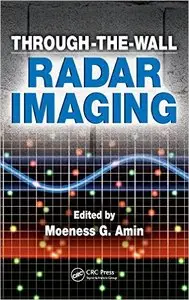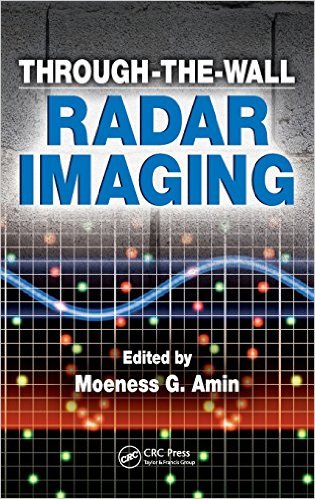Moeness G. Amin, "Through-the-Wall Radar Imaging"
2011 | ISBN-10: 1439814767 | 604 pages | PDF | 53 MB
2011 | ISBN-10: 1439814767 | 604 pages | PDF | 53 MB
Through-the-wall radar imaging (TWRI) allows police, fire and rescue personnel, first responders, and defense forces to detect, identify, classify, and track the whereabouts of humans and moving objects. Electromagnetic waves are considered the most effective at achieving this objective, yet advances in this multi-faceted and multi-disciplinary technology require taking phenomenological issues into consideration and must be based on a solid understanding of the intricacies of EM wave interactions with interior and exterior objects and structures.
Providing a broad overview of the myriad factors involved, namely size, weight, mobility, acquisition time, aperture distribution, power, bandwidth, standoff distance, and, most importantly, reliable performance and delivery of accurate information, Through-the-Wall Radar Imaging examines this technology from the algorithmic, modeling, experimentation, and system design perspectives. It begins with coverage of the electromagnetic properties of walls and building materials, and discusses techniques in the design of antenna elements and array configurations, beamforming concepts and issues, and the use of antenna array with collocated and distributed apertures.
Detailed chapters discuss several suitable waveforms inverse scattering approaches and revolve around the relevance of physical-based model approaches in TWRI along with theoretical and experimental research in 3D building tomography using microwave remote sensing, high-frequency asymptotic modeling methods, synthetic aperture radar (SAR) techniques, impulse radars, airborne radar imaging of multi-floor buildings strategies for target detection, and detection of concealed targets. The book concludes with a discussion of how the Doppler principle can be used to measure motion at a very fine level of detail.
The book provides a deep understanding of the challenges of TWRI, stressing its multidisciplinary and phenomenological nature. The breadth and depth of topics covered presents a highly detailed treatment of this potentially life-saving technology.



